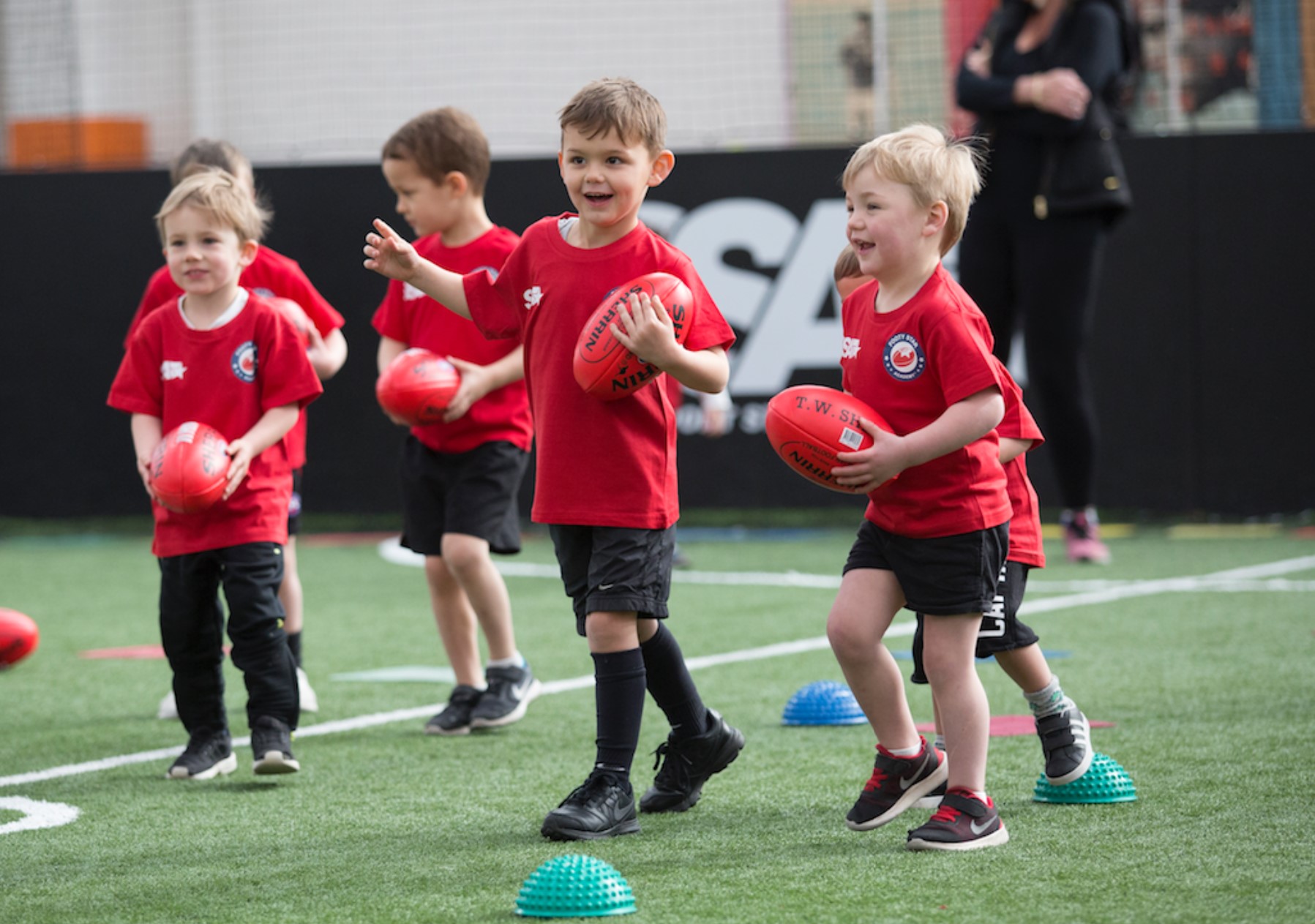Teaching Kids to Play Footy – Simple Parent’s Instructions.
Helping your child develop their footy skills can be both really rewarding and interesting. It can be fun. Whether your child is new to the game or looking to improve it, there are many ways you help them. No parent wants to see their child feeling disappointed because hi is struggling to play. This guide provides simple strategies for teaching kids to play Australian (AFL) footy. You will read some unconventional tips and drills to practice together to keep things their engaging.
The game must be interesting
It’s essential to maintain a relaxed and enjoyable approach to the game. Kids between the ages of 4-9 are just starting to explore the game. The key is to encourage them to handle and kick the footy as often as possible. Create fun games that incorporate kicking without making it feel like a chore. The more they play, the more they’ll naturally build coordination and develop their own style. By framing practice as play, you foster a love for the game, which is more important than perfect technique at this stage.
Watch the footy professionals
Kids often learn by observing their heroes. Set aside time each week to watch an AFL game together. Over time, your child will pick up on professional players’ refined kicking techniques and start to emulate their styles. This not only helps with skill development but also deepens their understanding and passion for the game. As they get older and more confident, you can begin to focus on specific technical aspects like grip, ball drop, and follow-through. At this stage, consider seeking guidance from qualified coaches who specialize in AFL skill development to refine their technique further.
Reward every 10 consecutive kicks that reach the target without touching the ground with a small prize, like an AFL collector card or a special treat. Incorporate running between kicks to build fitness and add variety.
Kicking at goal
Practicing goal kicking is exciting for all ages and helps build confidence for real-game scenarios. To add a layer of challenge, simulate game pressure by making your child kick on the run.
Kicking at Goal Drill
Here’s a drill that incorporates multiple skills:
- Set up the drill: Position your child at a reasonable distance from the goal, around 25-30 meters further out in the center of the ground.
- Kick to your child: Send the ball for them to mark.
- Run and kick: After marking, they run toward you and kick the ball.
Handball and goal: Return the ball with a handball as they keep running, then they turn and head for goal, with you giving chase to simulate game pressure. This drill enhances kicking, marking, handballing, and fitness—all while keeping things fun.


